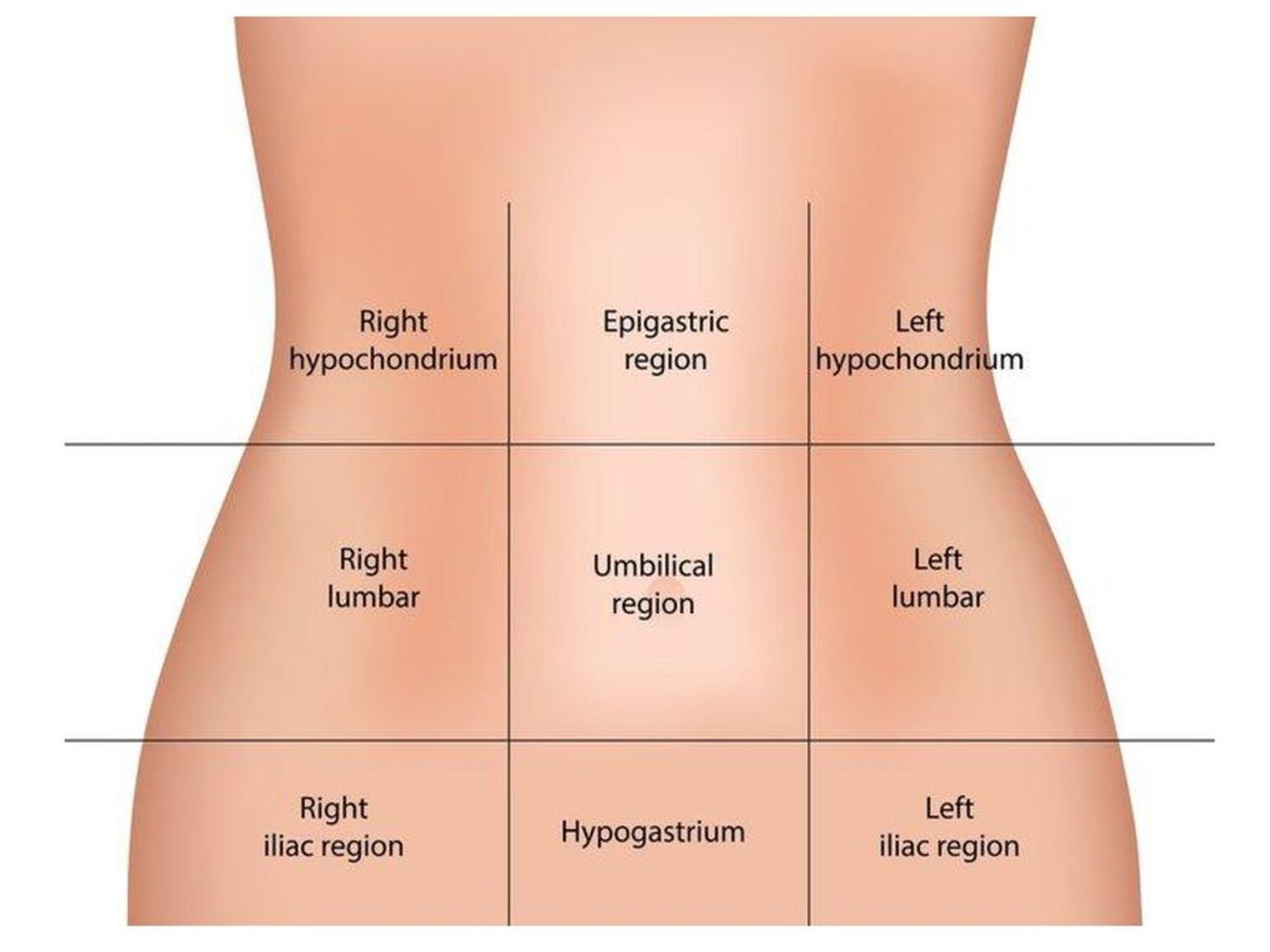
What is the hypochondrium? The hypochondrium refers to the upper part of the abdomen, located just below the ribcage. This area is divided into two sections: the left and right hypochondrium. Each side houses vital organs, such as parts of the liver, spleen, and portions of the intestines. Understanding the hypochondrium is crucial because discomfort or pain in this region can indicate various medical conditions. For instance, pain in the right hypochondrium might suggest liver or gallbladder issues, while discomfort on the left could point to spleen or stomach problems. Knowing these facts can help you better understand your body and recognize when to seek medical advice.
What is the Hypochondrium?
The hypochondrium is a region of the abdomen located on either side of the upper abdomen, just below the rib cage. This area is divided into the left and right hypochondrium. Understanding this part of the body can be quite fascinating.
- The term "hypochondrium" comes from the Greek words "hypo" (under) and "chondros" (cartilage), referring to the area beneath the cartilage of the ribs.
- The hypochondrium is divided into two regions: the left hypochondrium and the right hypochondrium.
- The liver, one of the body's largest organs, is primarily located in the right hypochondrium.
- The spleen, an organ involved in filtering blood and immune system function, is situated in the left hypochondrium.
- The gallbladder, which stores bile produced by the liver, is also found in the right hypochondrium.
- The pancreas, an organ that plays a crucial role in digestion and blood sugar regulation, extends into the left hypochondrium.
- The left hypochondrium contains part of the stomach, which is essential for digestion.
- The diaphragm, a muscle that aids in breathing, forms the upper boundary of the hypochondrium.
Functions and Importance
The hypochondrium is not just a random part of the body; it plays a significant role in various bodily functions. Let's explore some interesting facts about its importance.
- The liver in the right hypochondrium detoxifies harmful substances from the blood.
- The spleen in the left hypochondrium helps fight infections by producing white blood cells.
- The gallbladder in the right hypochondrium releases bile into the small intestine to aid in fat digestion.
- The pancreas in the left hypochondrium produces insulin, which regulates blood sugar levels.
- The diaphragm above the hypochondrium contracts and relaxes to facilitate breathing.
- The stomach in the left hypochondrium breaks down food into a semi-liquid form called chyme.
- The liver stores glycogen, a form of energy, in the right hypochondrium.
- The spleen recycles old red blood cells in the left hypochondrium.
Common Issues and Conditions
The hypochondrium can be affected by various medical conditions. Knowing about these can help in understanding symptoms and seeking timely medical advice.
- Gallstones, which can cause severe pain, often form in the gallbladder in the right hypochondrium.
- Hepatitis, an inflammation of the liver, affects the right hypochondrium.
- Splenomegaly, an enlargement of the spleen, occurs in the left hypochondrium.
- Pancreatitis, an inflammation of the pancreas, affects the left hypochondrium.
- Gastritis, an inflammation of the stomach lining, can cause pain in the left hypochondrium.
- Diaphragmatic hernia, where part of the stomach pushes through the diaphragm, affects the hypochondrium.
- Liver cirrhosis, a chronic liver disease, impacts the right hypochondrium.
- Spleen rupture, often due to trauma, is a serious condition affecting the left hypochondrium.
Diagnostic Methods
Diagnosing issues in the hypochondrium involves various medical techniques. These methods help pinpoint the exact problem and guide treatment.
- Ultrasound imaging is commonly used to examine organs in the hypochondrium.
- CT scans provide detailed images of the liver, spleen, and other organs in the hypochondrium.
- MRI scans offer high-resolution images of the hypochondrium's internal structures.
- Blood tests can detect liver function abnormalities related to the right hypochondrium.
- Endoscopy allows doctors to view the stomach and pancreas in the left hypochondrium.
- Biopsies may be performed to diagnose liver diseases in the right hypochondrium.
- Physical examinations, including palpation, help identify tenderness or swelling in the hypochondrium.
- X-rays can detect diaphragmatic hernias affecting the hypochondrium.
Interesting Tidbits
Here are some lesser-known facts about the hypochondrium that might surprise you.
- Ancient Greeks believed that the hypochondrium was the seat of melancholy and hypochondria, a condition involving excessive health anxiety, derives its name from this belief.
- The hypochondrium's organs are protected by the rib cage, which acts as a natural shield against physical trauma.
Final Thoughts on Hypochondrium
Understanding the hypochondrium can help you better grasp how your body works. This area, located under the ribs, plays a crucial role in housing vital organs like the liver, spleen, and parts of the stomach. Knowing the functions and potential issues related to this region can aid in recognizing symptoms early and seeking timely medical advice.
Remember, while it's easy to worry about every ache and pain, not all discomfort signals a serious problem. However, persistent or severe pain should never be ignored. Consulting a healthcare professional can provide peace of mind and ensure proper care.
Stay informed, listen to your body, and don't hesitate to seek help when needed. Your health is your most valuable asset, and understanding the hypochondrium is just one step in maintaining it. Keep learning, stay curious, and take charge of your well-being.
Was this page helpful?
Our commitment to delivering trustworthy and engaging content is at the heart of what we do. Each fact on our site is contributed by real users like you, bringing a wealth of diverse insights and information. To ensure the highest standards of accuracy and reliability, our dedicated editors meticulously review each submission. This process guarantees that the facts we share are not only fascinating but also credible. Trust in our commitment to quality and authenticity as you explore and learn with us.
